Tags
abstractions, alchemy, angel, birth, Castle of Duino, Count Harry Kessler, Cranach Press, crush, destruction, discontent, disdain, driven, E. Prince, Edward Johnston, Edward Sackville West, endure, English, Eric Gill, fugitives, G. T. Friend, Gaspard and Aristide Maillol, German, Germany, Hans Schulze, heart, Hogarth Press, humanities, Insel -Verlag, italic type, itinerants, landscapes, Leipzig, London, Maillol-Kessler paper, Max Goertz, metaphysical, Rainer Maria Rilke, sobs, Tavistock Square, terrible, terror, visions, Vita Sackville-West, Walter Tanz, watermark, will, Willi Laste, wood initials
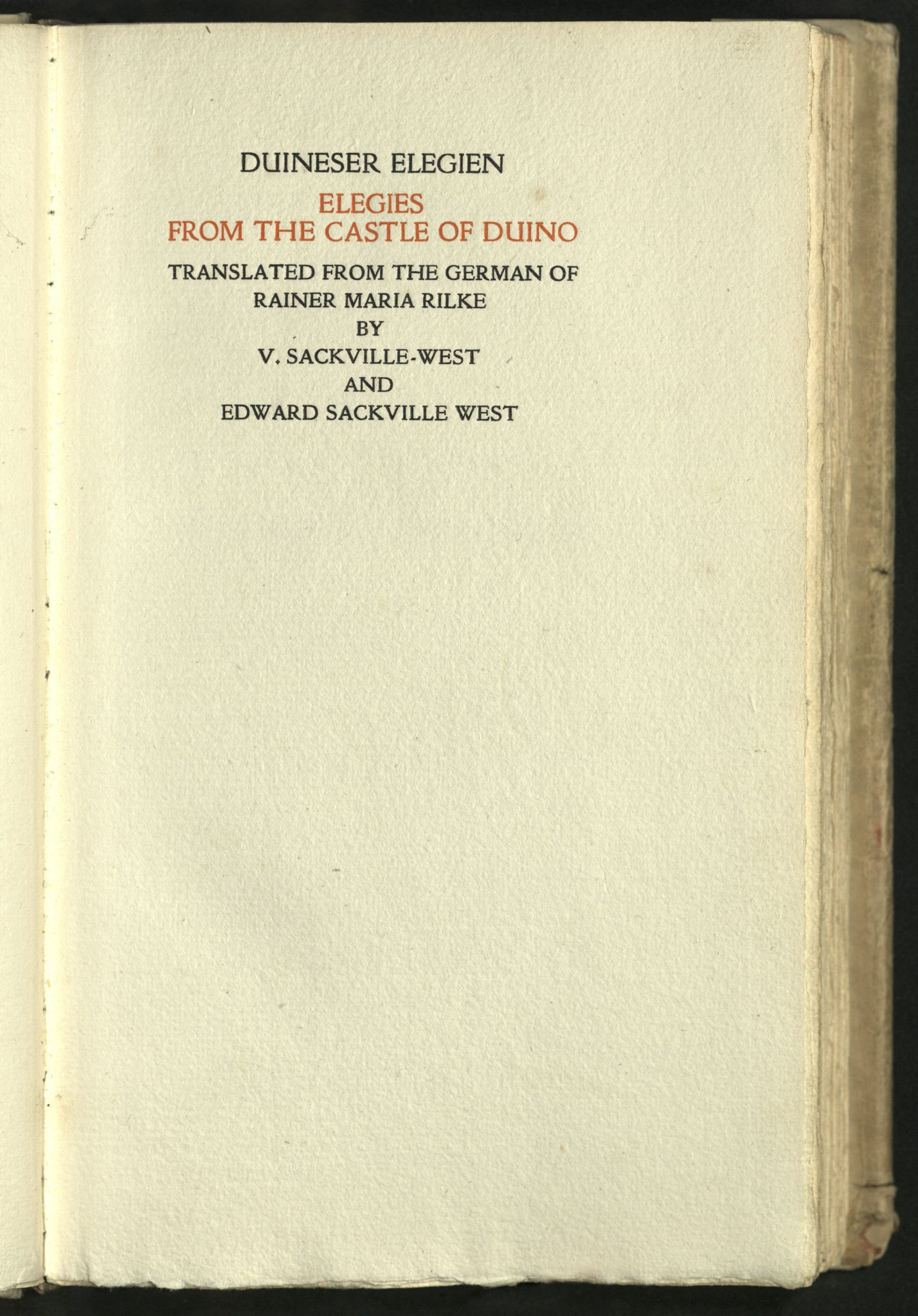
Who would give ear, among the angelic host,
Were I to cry aloud? and even if one
Amongst them took me swiftly to his heart,
I should dissolve before his strength of being.
For beauty’s nothing but the birth of terror,
Which we endure but barely, and, enduring,
Must wonder at it, in that it disdains
To compass our destruction, every angel
Is terrible, and thus in self-control
I crush the appeal that rises with my sobs.
Duineser Elegien
Rainer Maria Rilke (1875-1926)
London: Printed for the Hogarth Press, 1931
First edition in English
From the translator’s note: “Something remains to be said of the actual content of the poem (for it is really a single poem in ten sections). This is admittedly exceedingly complex and arcane, and will not yield to a first, or even to a second reading. For Rilke’s poetry is of the metaphysical order and consists for the most part of an elaborate alchemy of hypostatised ideas, in the expression of which the invention of grammatical quips and subtleties plays…is an important part. His imagination seems naturally to have dealt in visions of embodied abstractions, and…he pushed the vision as far as possible, creating detailed landscapes and humanities of abstract categories…”
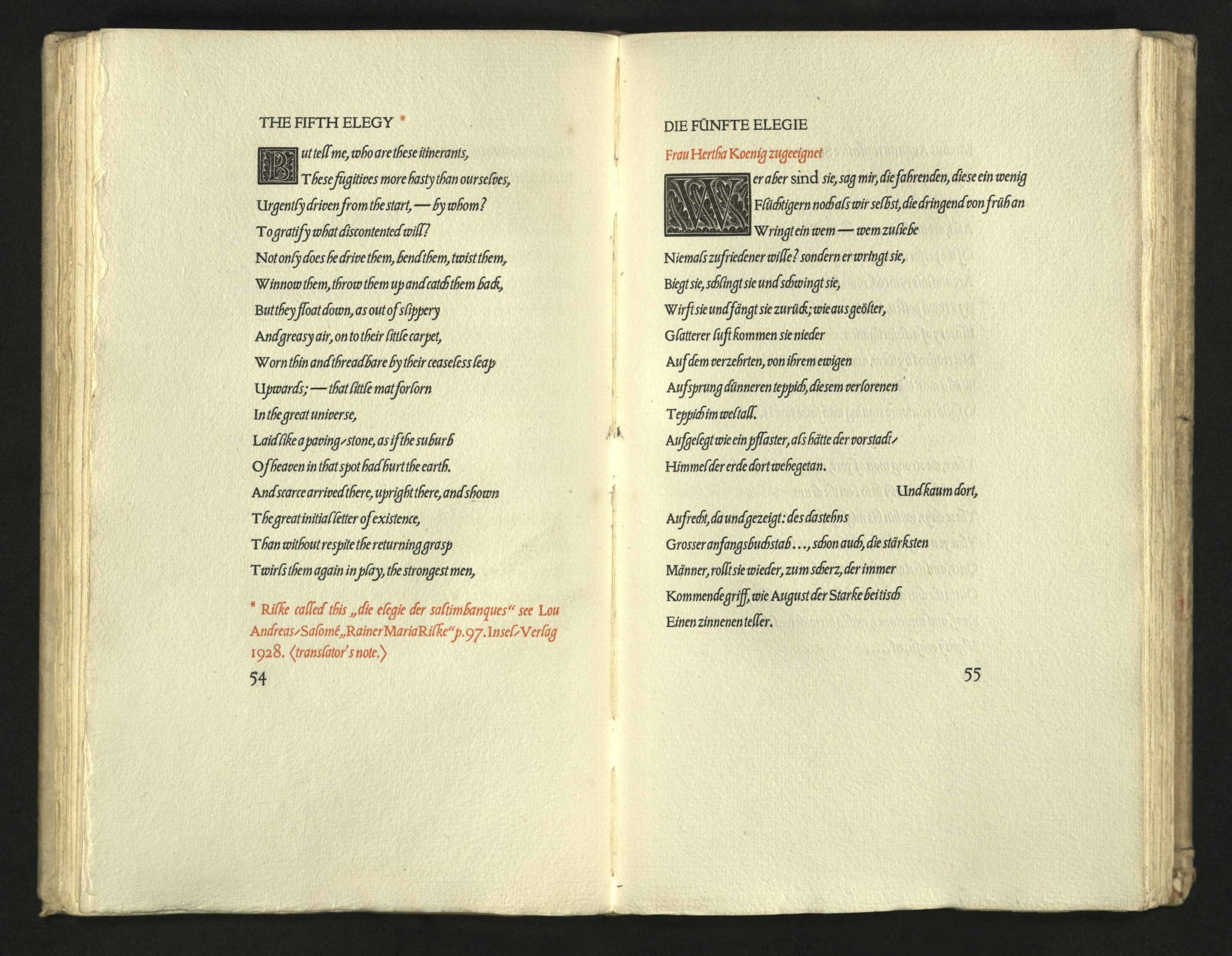
But tell me, who are these itinerants,
These fugitives more hasty than ourselves,
Urgently driven from the start, — by whom?
To gratify what discontented will?
From the colophon: “Count Harry Kessler planned the format of this volume. Eric Gill designed and himself cut on wood the initials. The Italic type was designed by Edward Johnston and cut by E. Prince and G. T. Friend. The paper was made by a hand process devised in joint research by Count Harry Kessler and Gaspard and Aristide Maillol. The book was printed in the winter and spring of 1931. Count Harry Kessler and Max Goertz supervised the work of setting the type and printing. Compositors: Walter Tanz and Hans Schulze. Pressman: Willi Laste.
The book was printed for the Hogarth Press, 52 Tavistock Square, London W. C. 1, and both the English and the German texts were reproduced by the courtesy of Insel-Verlag in Leipzig who are also the Agents for the book in Germany.
The whole edition consists of two hundred and thirty numbered copies for sale on handmade Maillol-Kessler paper with the watermark of the Cranach Press, and signed by the translators; and eight numbered copies on vellum for sale with hand-gilded initials, signed by the translators. This is copy Nr. 63.”

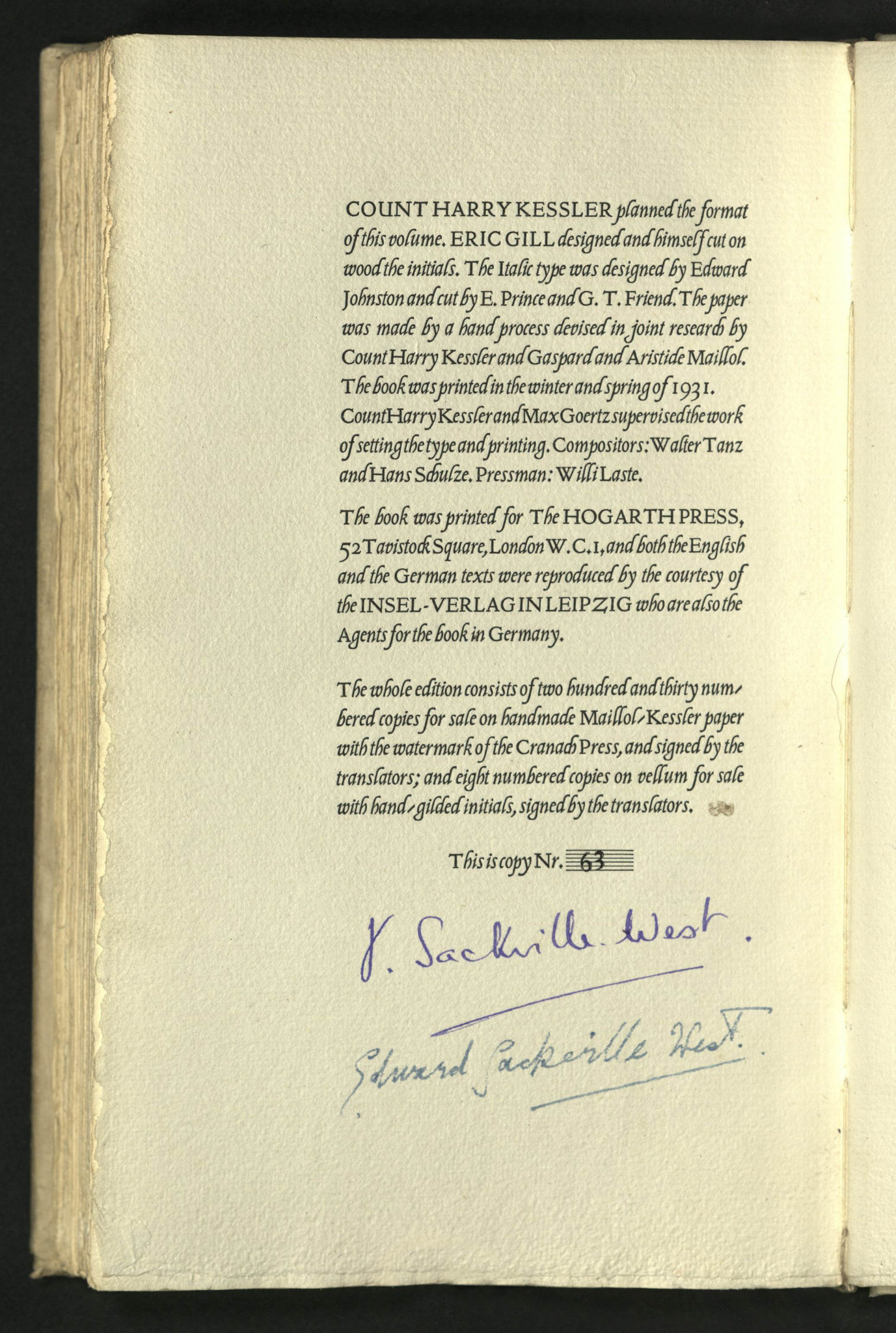
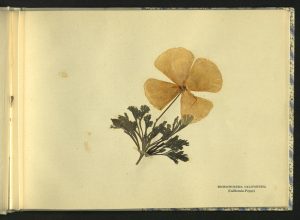
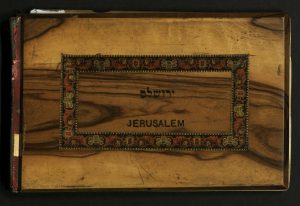
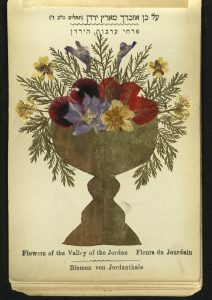
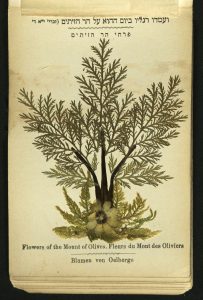
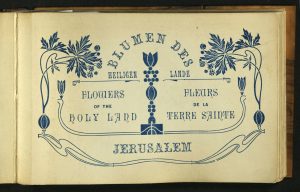
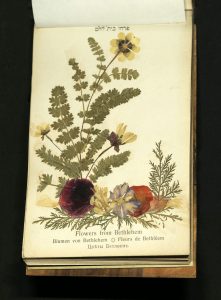
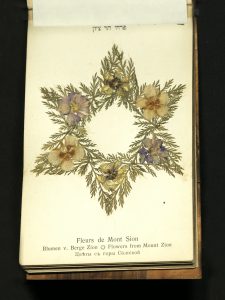
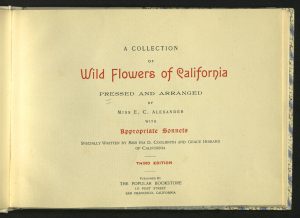
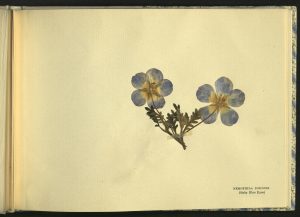
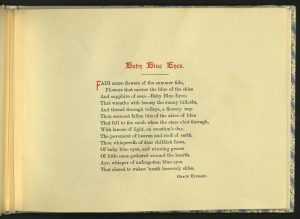
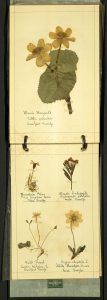
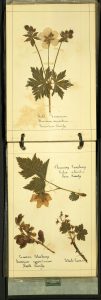
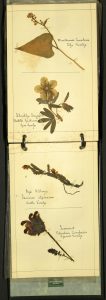


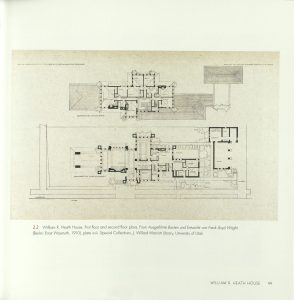

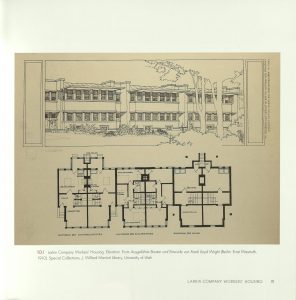
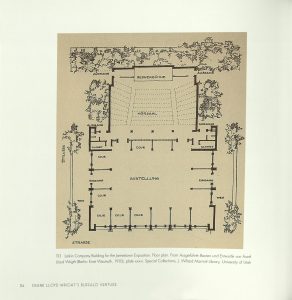
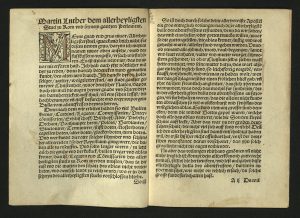
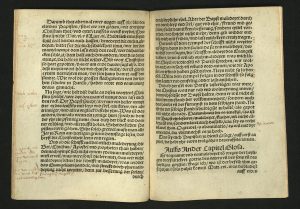
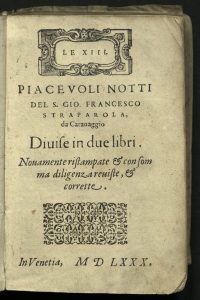

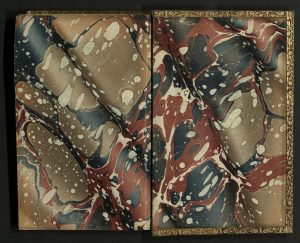
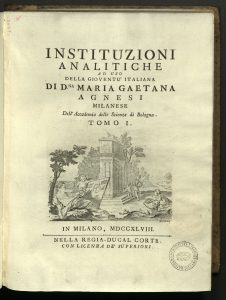
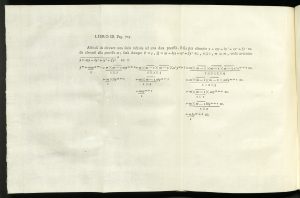
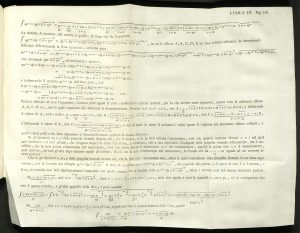
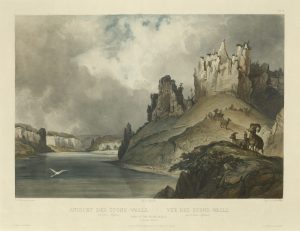
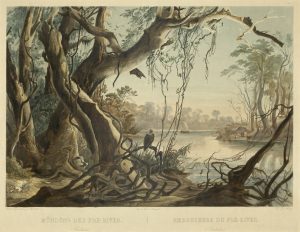
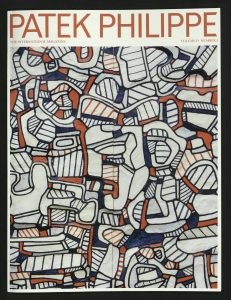
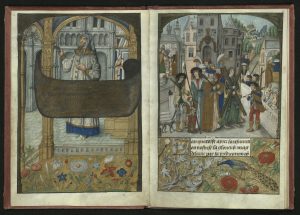

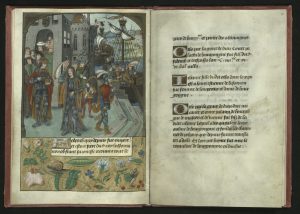
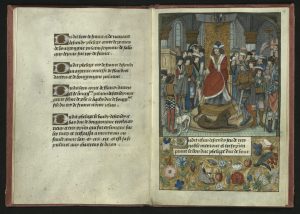
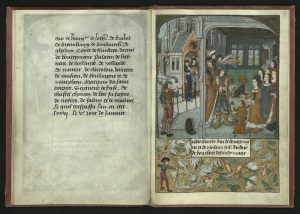
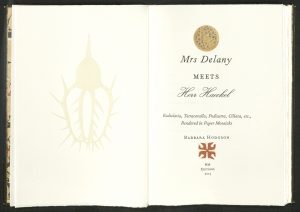
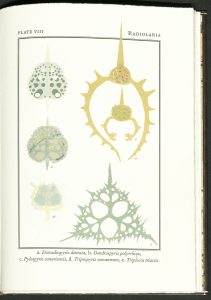
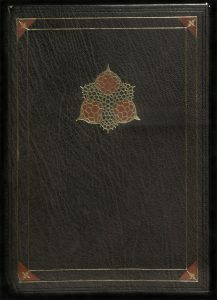
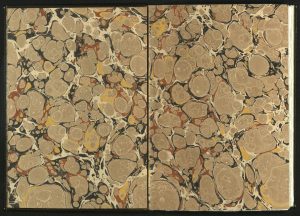
You must be logged in to post a comment.